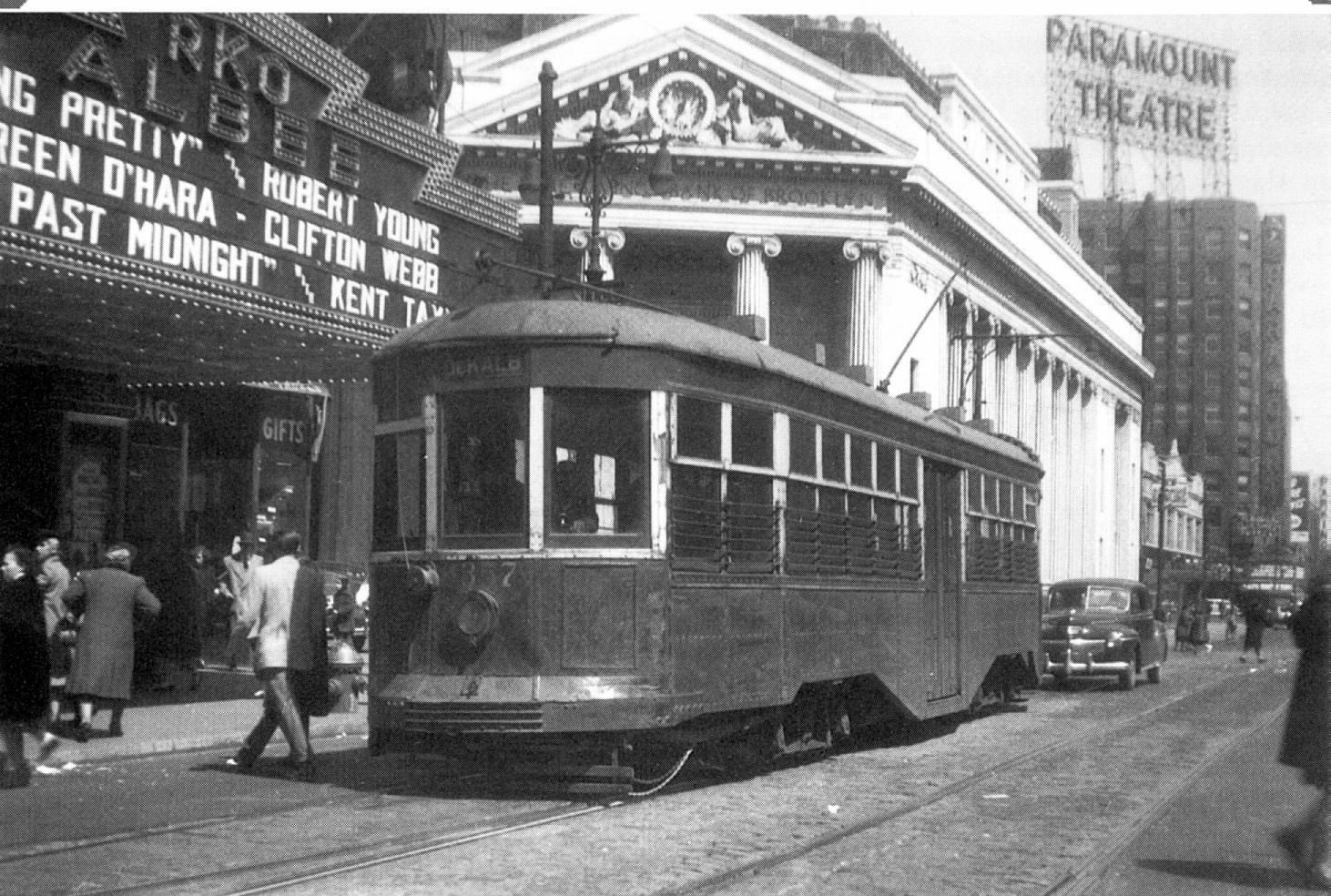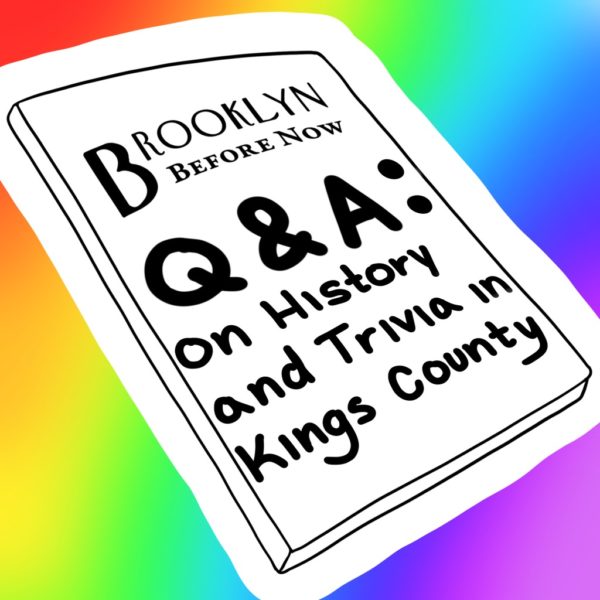BROOKLYN BEFORE NOW: March 9
Readers ask for answers from our resident historian, Professor John B Manbeck

Constance from Bay Ridge asks: When did trolleys disappear from Bay Ridge?

I think that topic can be broadened to “When did the trolleys disappear from Brooklyn?”
But first, a short history of the original light rail. Trolley cars—or street railways or trams, in Europe—were the basic public transportation in Brooklyn. They were so important that a baseball team was named after them.

Brooklyn Boro
View MoreNew York City’s most populous borough, Brooklyn, is home to nearly 2.6 million residents. If Brooklyn were an independent city it would be the fourth largest city in the United States. While Brooklyn has become the epitome of ‘cool and hip’ in recent years, for those that were born here, raised families here and improved communities over the years, Brooklyn has never been ‘uncool’.